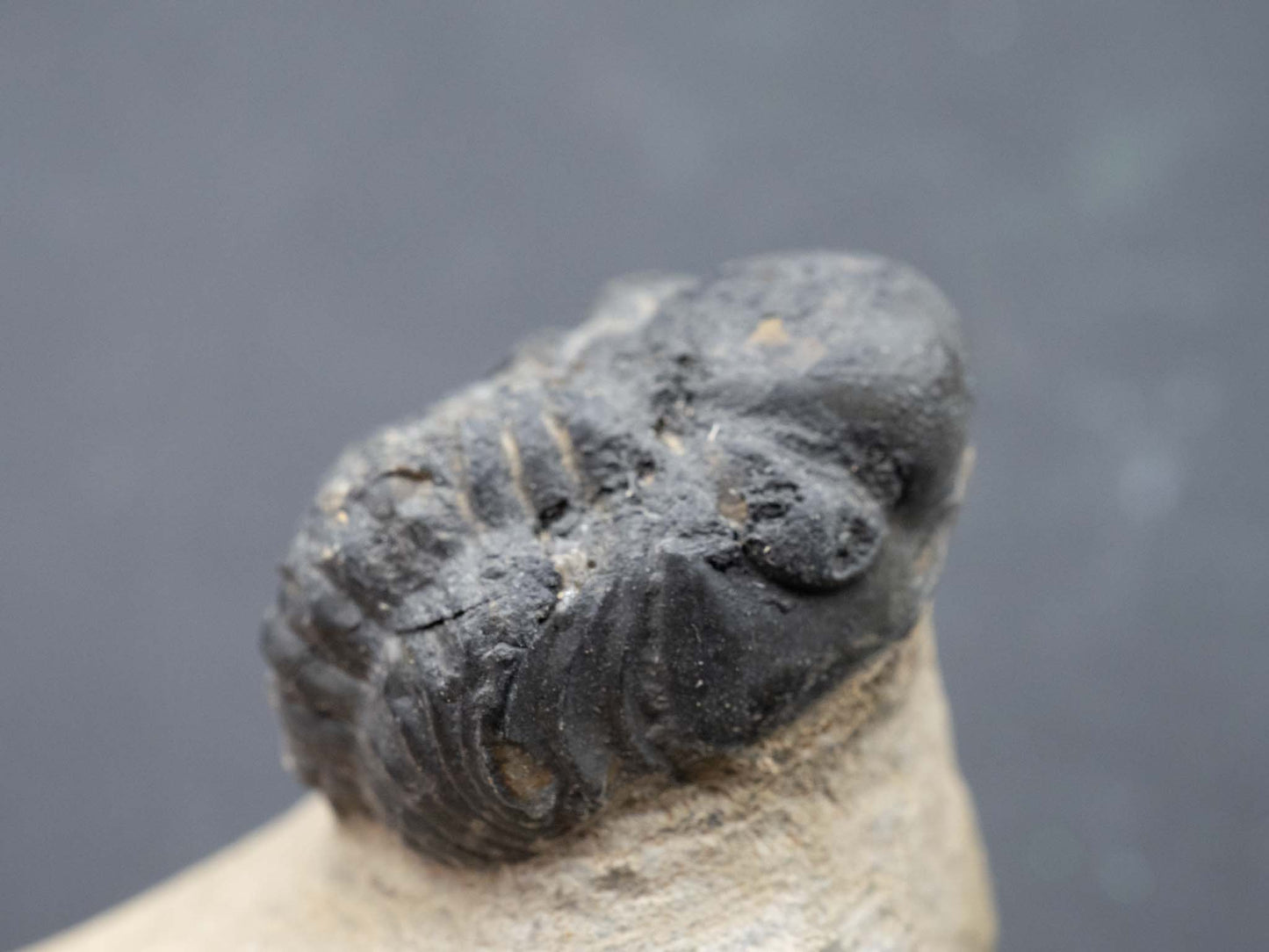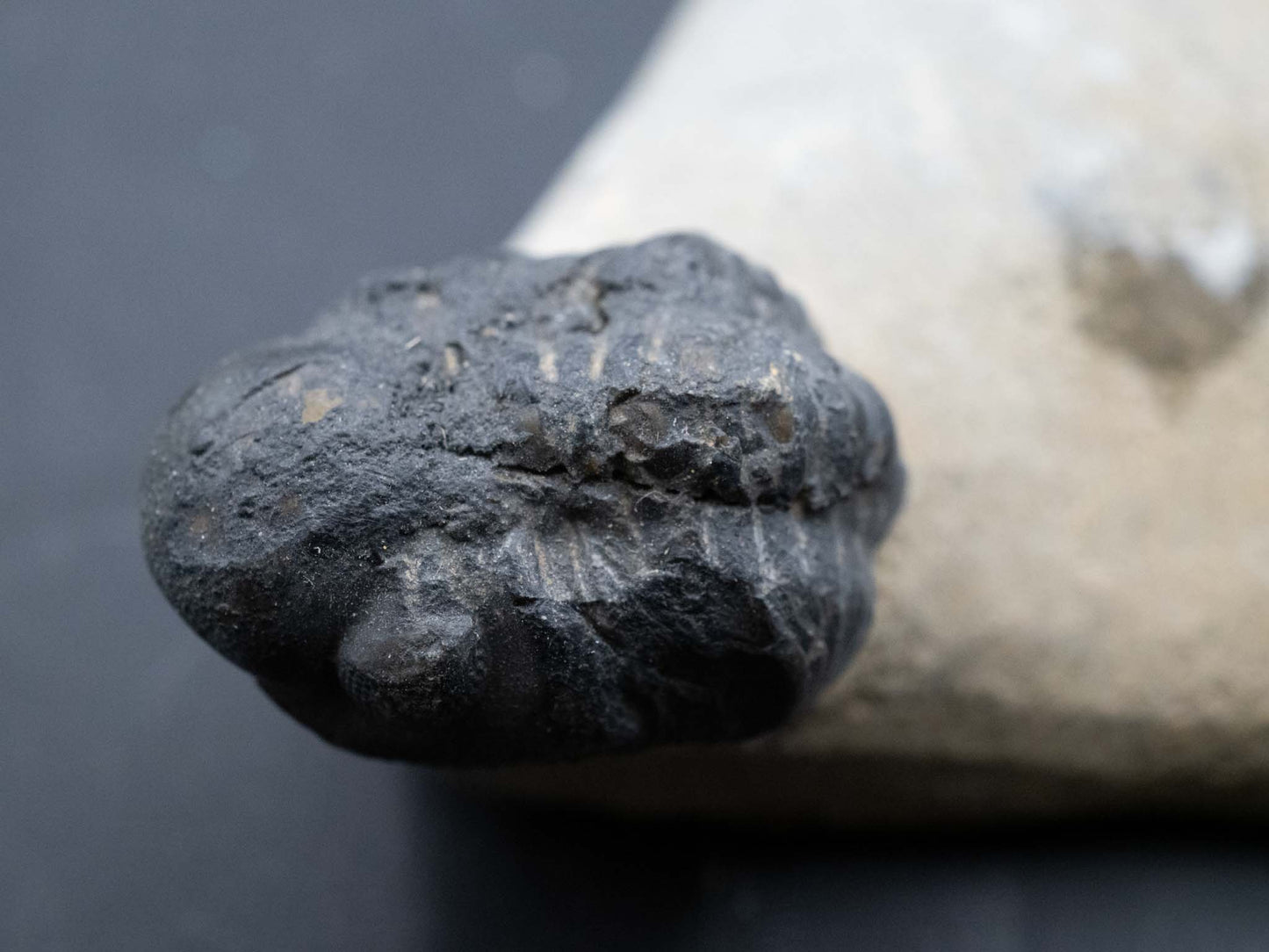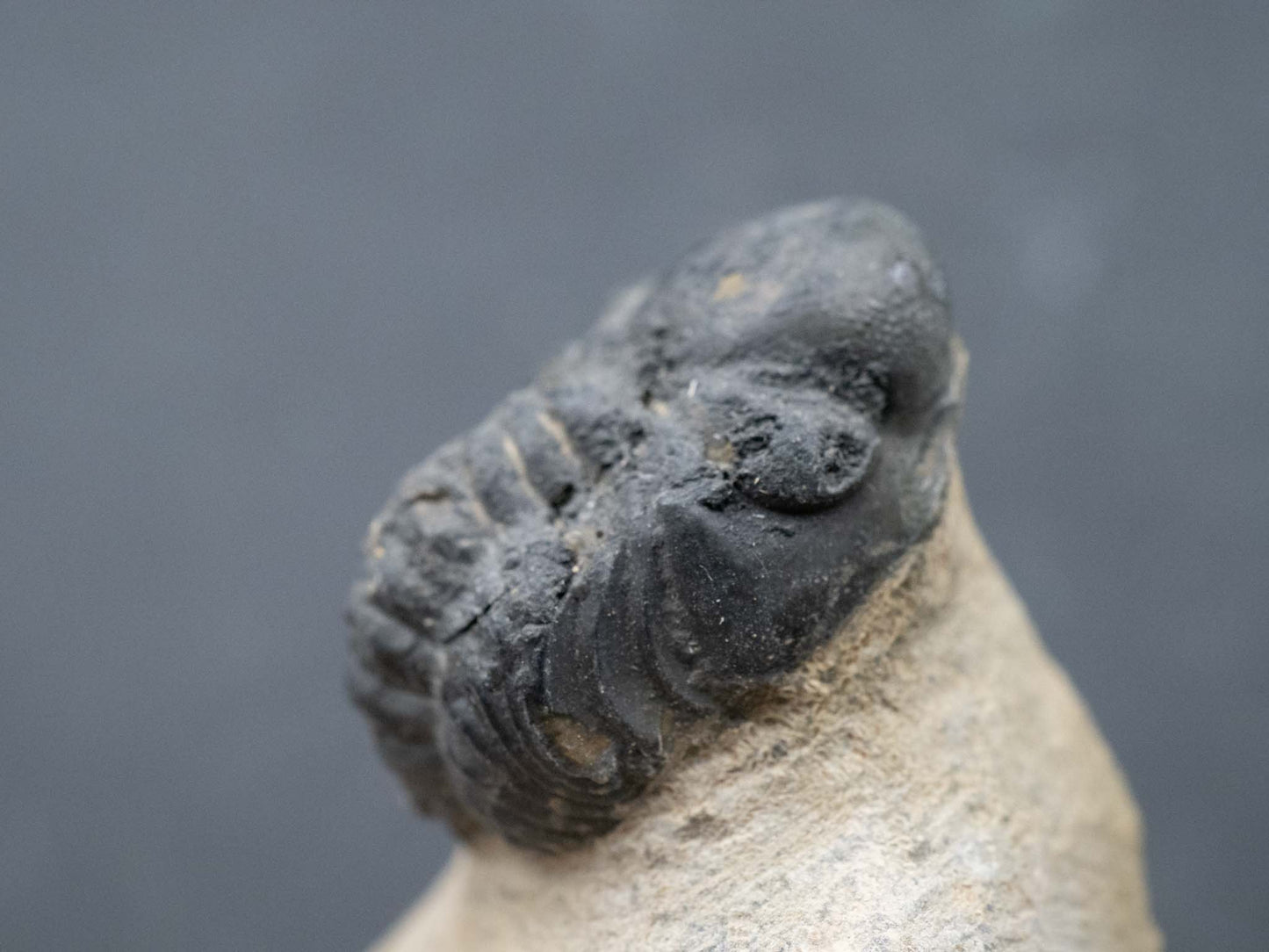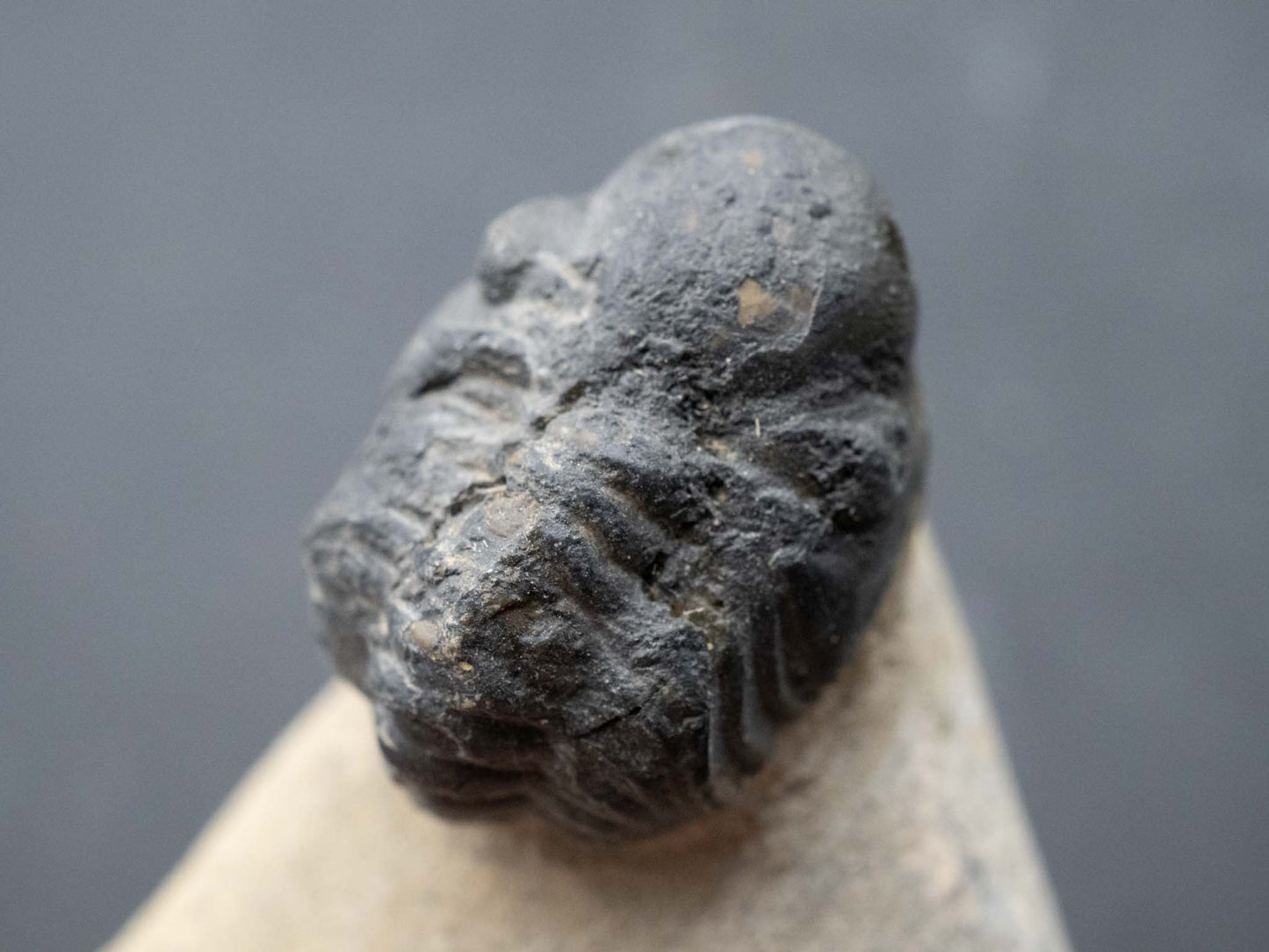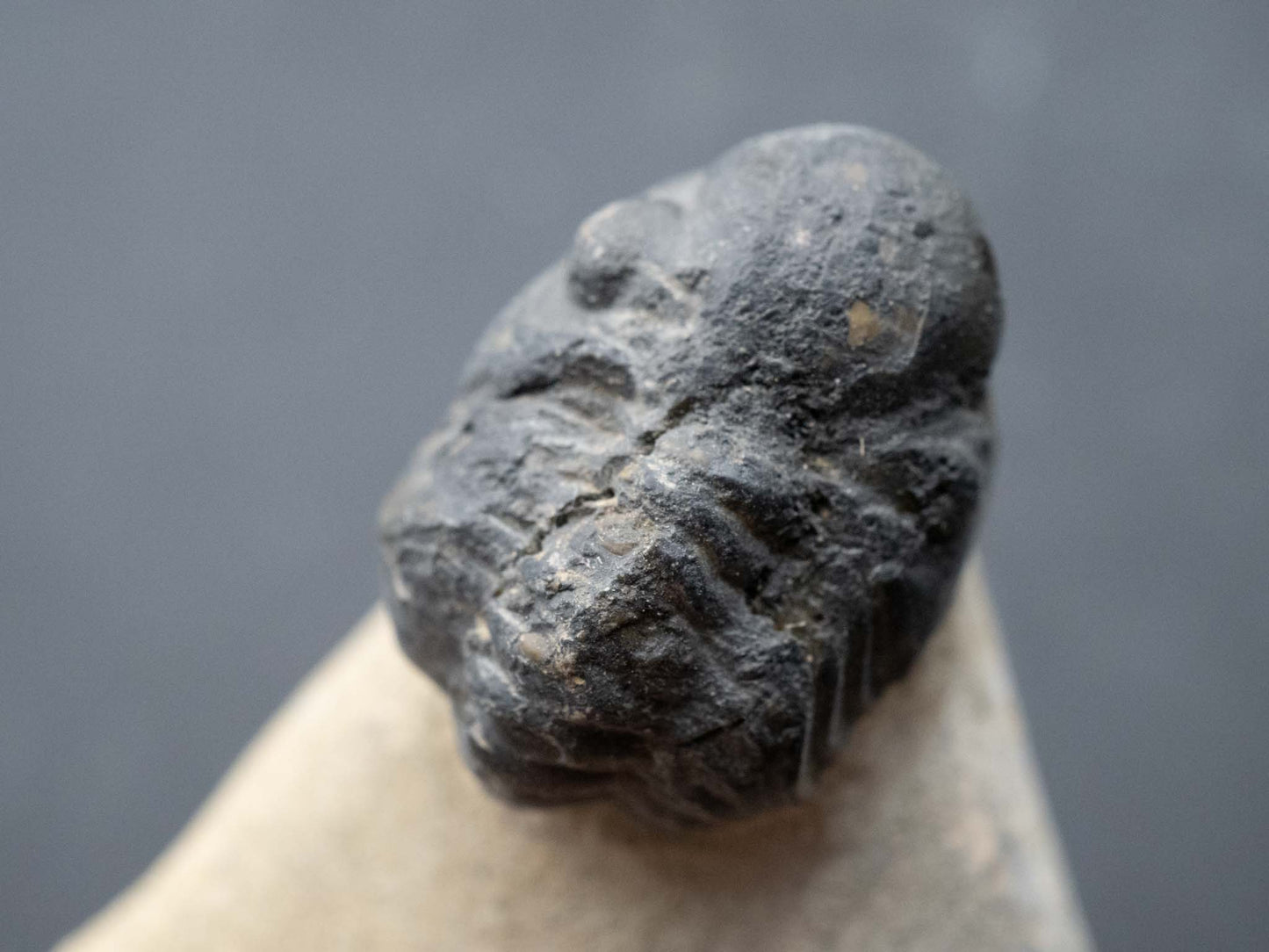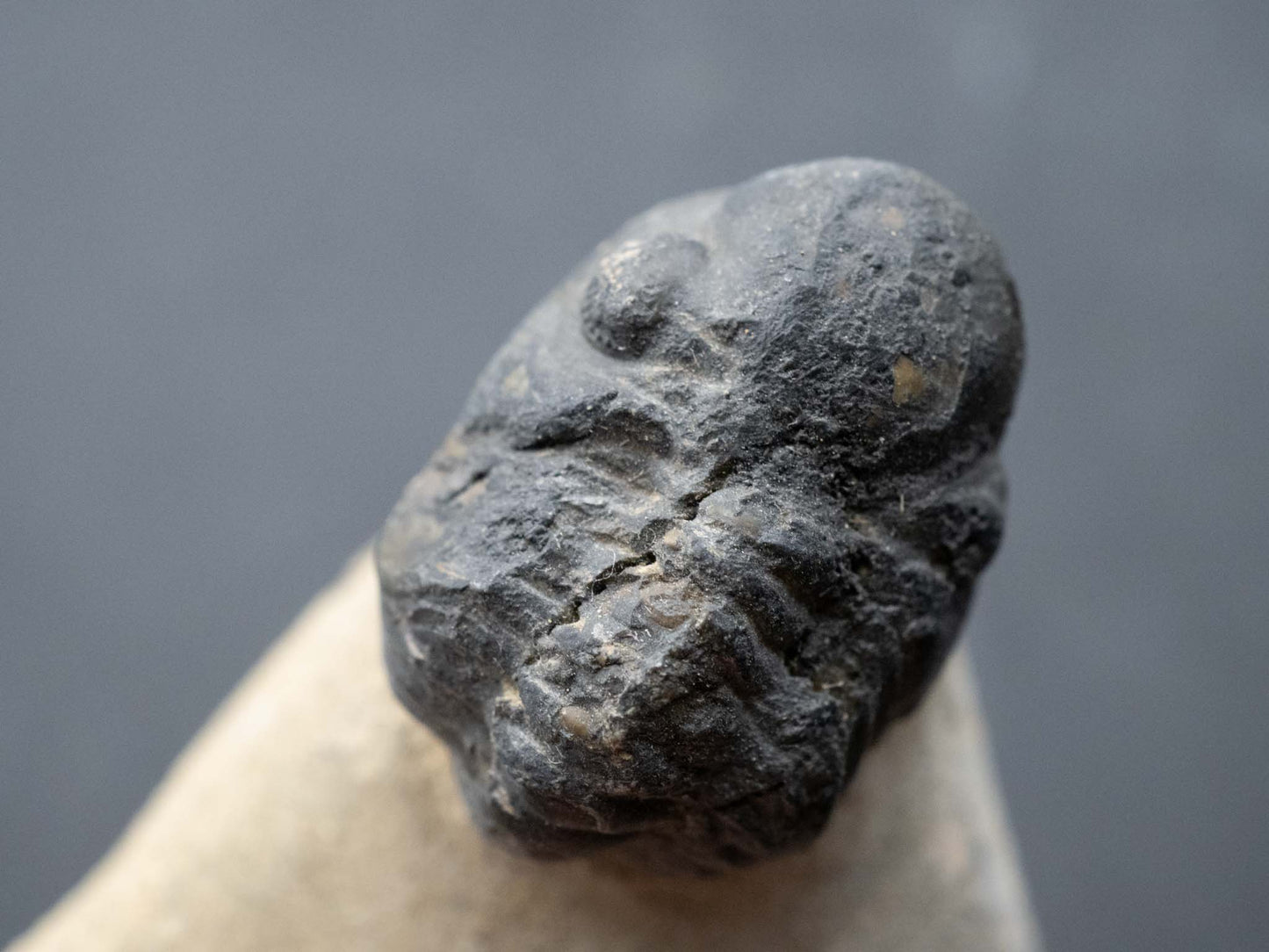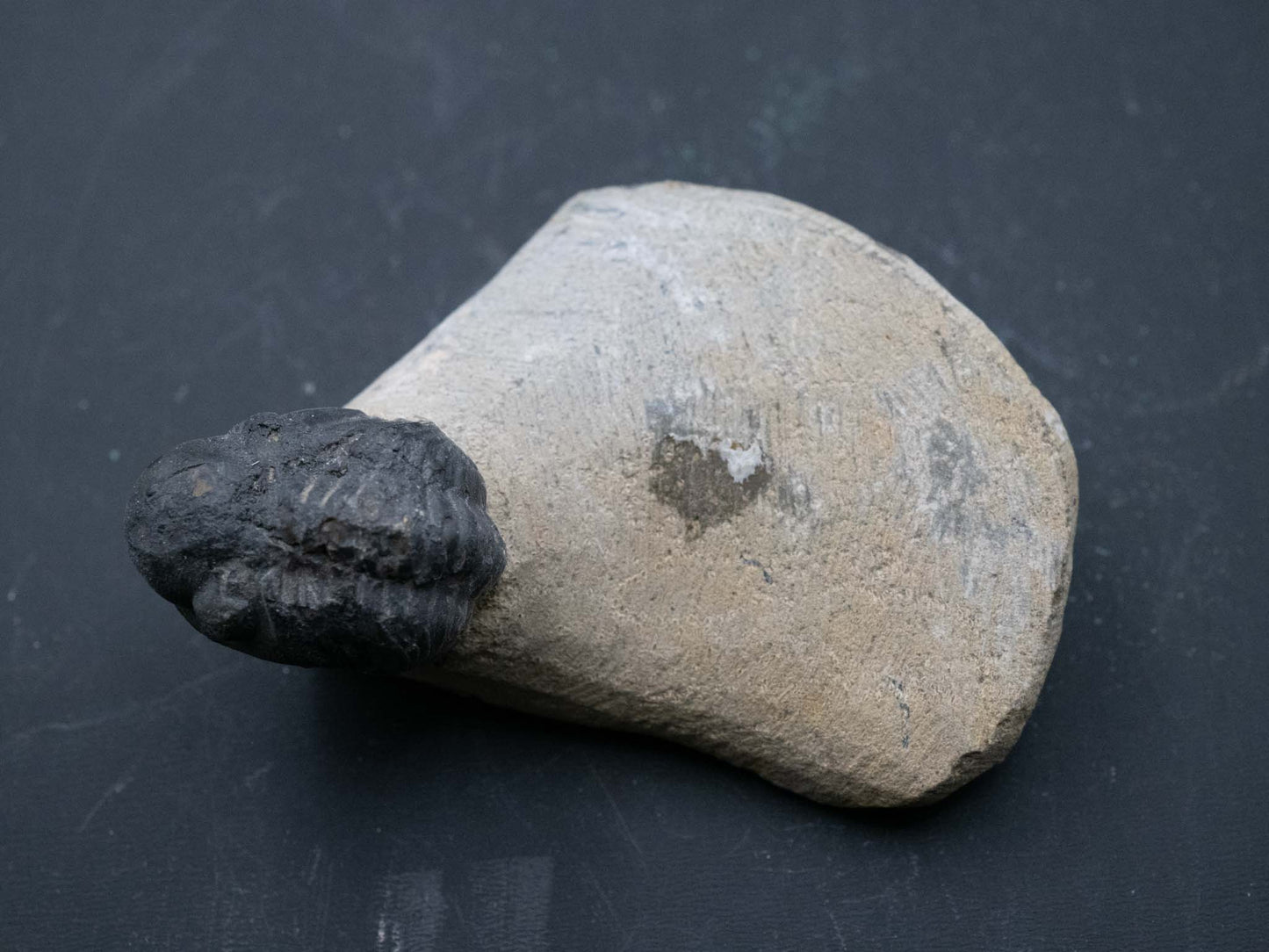Rad Man Minerals
Trilobite: Reedops - Rissani, Morocco
Trilobite: Reedops - Rissani, Morocco
Couldn't load pickup availability
Devonian 390 million years ago
The trilobite Reedops is a fascinating fossil species commonly found near Rissani, Morocco, an area renowned for its rich deposits of Devonian-age fossils. These trilobites, along with many other prehistoric creatures, provide invaluable insights into life on Earth during the Paleozoic Era, specifically in the Devonian period (~419 to 359 million years ago).
Overview of Reedops
-
Taxonomy:
- Phylum: Arthropoda
- Class: Trilobita
- Order: Phacopida
- Family: Acastidae
- Genus: Reedops
-
Description:
- Reedops trilobites are characterized by their well-developed, compound eyes and intricate exoskeletal features.
- The cephalon (head) typically has detailed, granulated ornamentation.
- These trilobites exhibit a compact body form with a robust glabella (central lobe of the head) and relatively short thorax.
Occurrence in Rissani, Morocco
-
Geological Context:
- The Reedops fossils are primarily found in Devonian limestone deposits.
- This region was once part of a shallow marine environment, rich in life, making it an excellent location for fossil preservation.
-
Rissani's Fossil-Rich Beds:
- Located in southeastern Morocco near the edge of the Sahara Desert, Rissani and its surrounding areas have been the site of extensive fossil excavations.
- The presence of Reedops highlights the diverse marine ecosystems that existed in the Devonian seas.
Key Features of Reedops Fossils
-
Eyes:
- Highly developed schizochroal eyes with a large number of lenses, indicative of the genus' visual adaptation to its environment.
-
Cephalon Ornamentation:
- Intricate granulation and ridges, sometimes making it a sought-after specimen for collectors.
-
Thorax and Pygidium:
- The thorax has well-articulated segments allowing for enrollment (a defensive mechanism).
- The pygidium (tail piece) is often rounded and detailed.
Importance of Reedops Trilobites
-
Scientific Significance:
- Provides insights into the biodiversity of Devonian marine life.
- Helps paleontologists understand evolutionary traits such as vision and mobility in trilobites.
-
Cultural and Economic Impact:
- Fossils from Rissani are a major part of Morocco’s fossil trade, with Reedops being a popular item among collectors.
- They highlight Morocco's global significance as a hotspot for paleontological discoveries.
Fossil Preparation
- Reedops fossils often require meticulous preparation due to their intricate details and the hardness of the limestone matrix in which they are embedded.
- Techniques like micro-sandblasting and fine-tipped tools are employed to expose their detailed anatomy.
Summary
Reedops trilobites from Rissani, Morocco, are prized fossils that showcase the diversity of life in the Devonian period. Their exquisite preservation and detailed morphology make them significant for both scientific research and fossil enthusiasts worldwide. Rissani’s fossil-rich beds continue to be a source of discovery, contributing to our understanding of Earth’s ancient marine ecosystems.
Approx. size of Trilobite: 20mm x 15mm x 10
Approx. specimen size: 50mm x 40mm x 35mm
